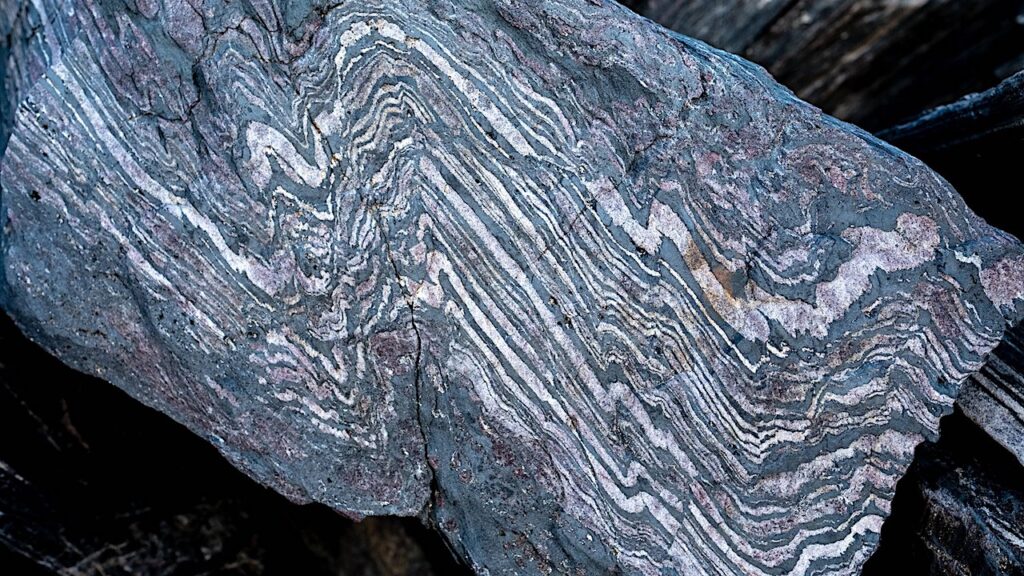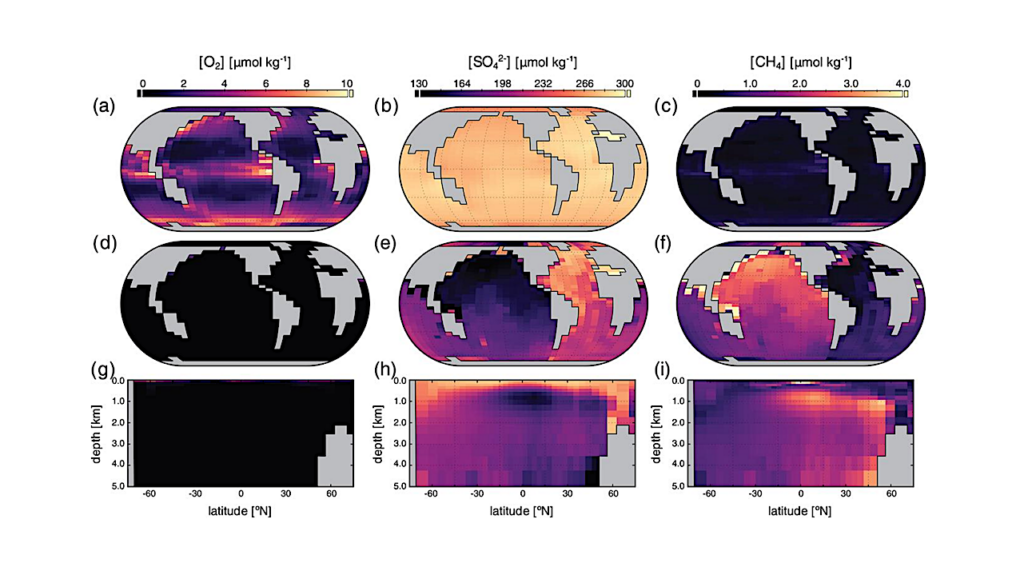The Impact of Stellar Surface Magnetoconvection and Oscillations on the Detection of Temperate, Earth-Mass Planets Around Sun-Like Stars

Detecting and confirming terrestrial planets is incredibly difficult due to their tiny size and mass relative to Sun-like host stars.
However, recent instrumental advancements are making the detection of Earth-like exoplanets technologically feasible. For example, Kepler and TESS photometric precision means we can identify Earth-sized candidates (and PLATO in the future will add many long-period candidates to the list), while spectrographs such as ESPRESSO and EXPRES (with an aimed radial velocity precision [RV] near 10 cm/s) mean we will soon reach the instrumental precision required to confirm Earth-mass planets in the habitable zones of Sun-like stars. However, many astrophysical phenomena on the surfaces of these host stars can imprint signatures on the stellar absorption lines used to detect the Doppler wobble induced by planetary companions.
The result is stellar-induced spurious RV shifts that can mask or mimic planet signals. This review provides a brief overview of how stellar surface magnetoconvection and oscillations can impact low-mass planet confirmation and the best-tested strategies to overcome this astrophysical noise. These noise reduction strategies originate from a combination of empirical motivation and a theoretical understanding of the underlying physics.
The most recent predications indicate that stellar oscillations for Sun-like stars may be averaged out with tailored exposure times, while granulation may need to be disentangled by inspecting its imprint on the stellar line profile shapes. Overall, the literature suggests that Earth-analog detection should be possible, with the correct observing strategy and sufficient data collection.
H. M. Cegla
(Submitted on 5 Apr 2019)
Comments: 14 pages, 10 figures, invited review article for a Special Issue on the “Detection and Characterization of Extrasolar Planets” in Geosciences, Guest Editors: M. Oshagh, M. and J. Martinez-Frias, accepted on 17 January 2019
Subjects: Earth and Planetary Astrophysics (astro-ph.EP); Solar and Stellar Astrophysics (astro-ph.SR)
DOI: 10.3390/geosciences9030114
Cite as: arXiv:1904.03200 [astro-ph.EP] (or arXiv:1904.03200v1 [astro-ph.EP] for this version)
Submission history
From: H. M. Cegla
[v1] Fri, 5 Apr 2019 18:00:04 UTC (8,450 KB)
https://arxiv.org/abs/1904.03200
Astrobiology








